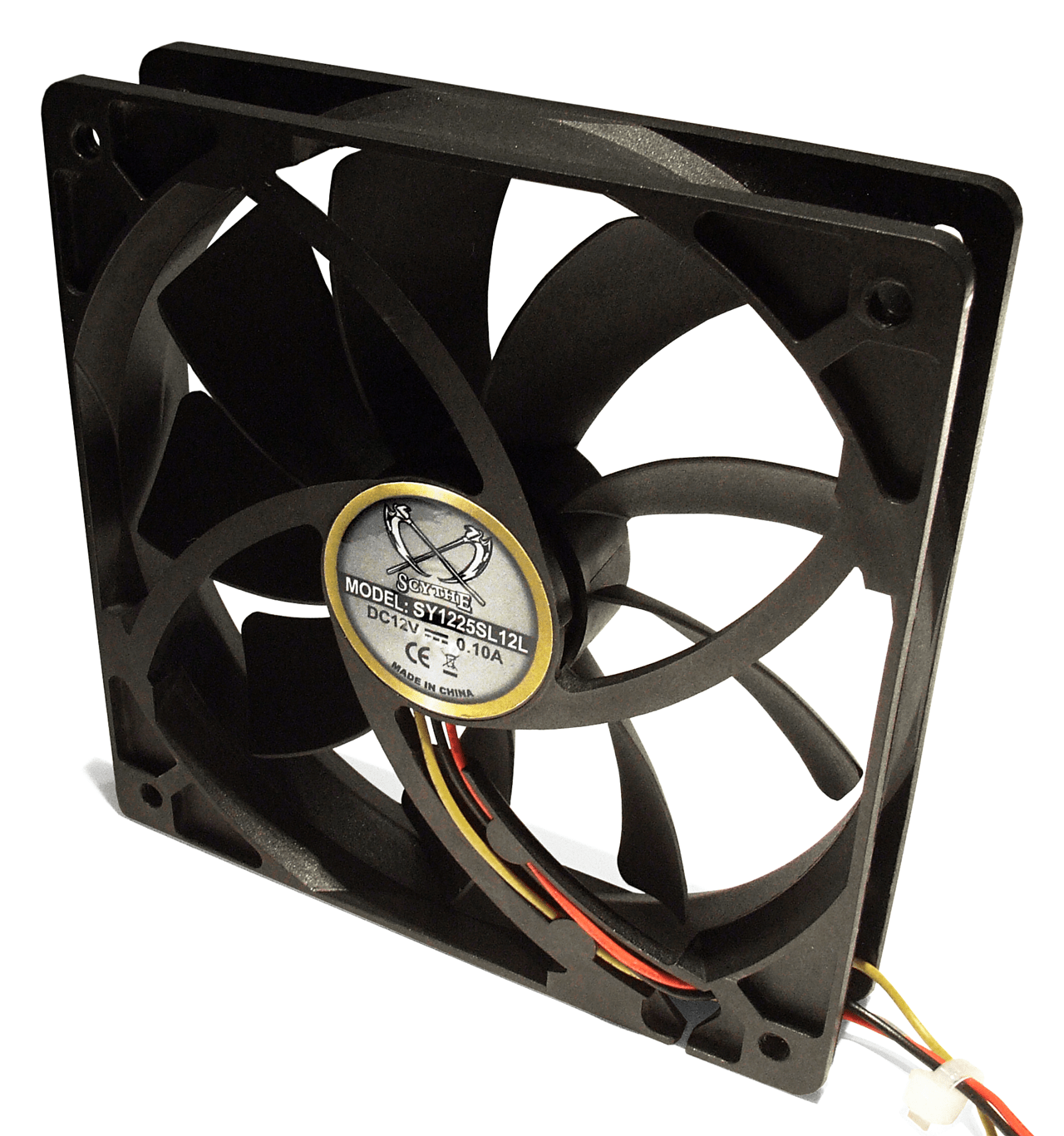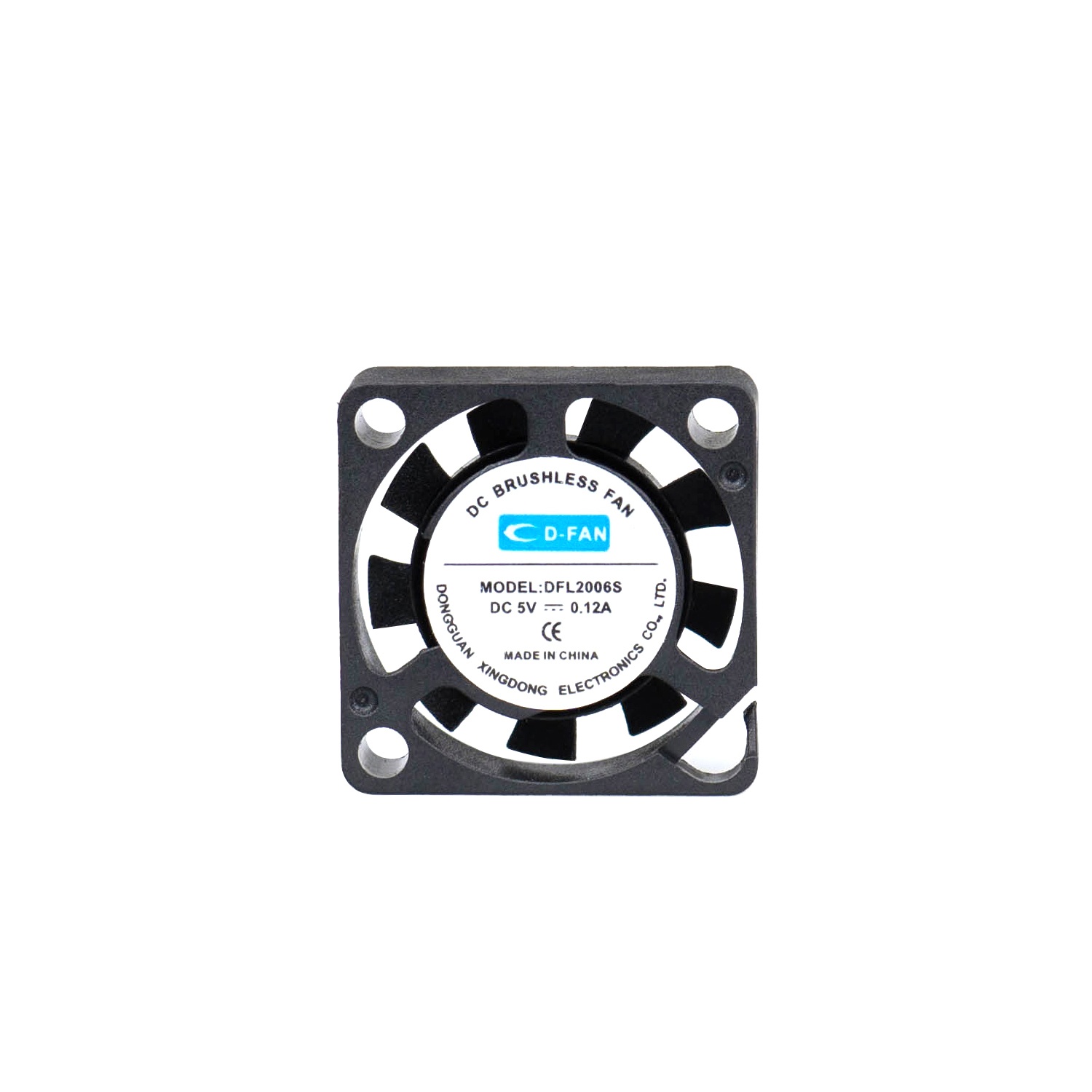
Running a small business comes with its own set of unique challenges, especially when it comes to managing finances and bookkeeping. Online accounting services offer valuable solutions specifically designed to meet the needs of small businesses. In this article, we will explore the benefits and advantages of using online accounting services for small businesses.
Cost-Effective Financial Management
Online accounting services provide cost-effective solutions for small businesses. Instead of hiring an in-house accountant or bookkeeper, which can be expensive, small businesses can leverage online accounting services at a fraction of the cost. These services offer various pricing plans, allowing businesses to choose the option that best fits their budget and needs.
Time-Saving Automation
One of the significant advantages of online accounting services for small businesses is the automation of routine financial tasks. These services streamline processes such as data entry, transaction categorization, invoicing, and expense tracking Top Accountants in scottsdale. By automating these tasks, small business owners and entrepreneurs can save valuable time, allowing them to focus on core business activities and strategic decision-making.
Real-Time Financial Insights
Online accounting services provide small businesses with real-time access to their financial data and insights. Through user-friendly dashboards and customizable reports, small business owners can gain a comprehensive view of their cash flow, income, expenses, and overall financial health. This real-time visibility enables informed decision-making and the ability to address financial challenges promptly.
Scalability and Flexibility
Small businesses often experience fluctuating financial needs as they grow and evolve. Online accounting services offer scalability and flexibility to accommodate these changing requirements. Whether you’re a solopreneur, a startup, or a small business with a growing team, online accounting services can adapt to your changing needs, ensuring that your financial management tools grow alongside your business.
Streamlined Invoicing and Payments
Invoicing and payment collection are vital for small businesses. Online accounting services simplify the invoicing process by providing customizable invoice templates, automated recurring invoices, and convenient payment options. These services often integrate with popular payment gateways, allowing businesses to accept online payments seamlessly. Streamlined invoicing and payment processes help small businesses maintain a healthy cash flow and improve overall efficiency.
Easy Expense Tracking and Tax Compliance
Tracking expenses and managing tax compliance can be a daunting task for small business owners. Online accounting services offer tools and features that simplify expense tracking and ensure tax compliance. Businesses can easily categorize and record expenses, track receipts, and generate expense reports. Additionally, these services often provide tax-related features such as automated tax calculations, tax form generation, and integration with tax filing platforms.
Data Security and Backup
Data security is a top priority for small businesses, and online accounting services understand this. They implement robust security measures to protect sensitive financial data, including encryption, secure servers, and regular backups. By utilizing online accounting services, small businesses can ensure the security and integrity of their financial information without the burden of managing complex security systems themselves.
Collaborative Features
Online accounting services promote collaboration and enable seamless communication between small business owners, their teams, and accountants or bookkeepers. These services often offer user roles and permissions, allowing businesses to grant controlled access to different individuals based on their roles and responsibilities. Collaborative features facilitate better teamwork, ensure accurate and up-to-date financial data, and foster efficient collaboration with external accounting professionals.
Integrations with Business Tools
To further streamline small business operations, online accounting services integrate with other essential business tools. These integrations can include customer relationship management (CRM) systems, e-commerce platforms, project management tools, and more. Integrating these tools allows for data synchronization, eliminating the need for manual data entry and ensuring consistency across various business systems.
Accessible Customer Support
Reputable online accounting services provide accessible customer support to assist small businesses whenever needed. Whether it’s technical support, troubleshooting, or questions related to accounting features, businesses can rely on knowledgeable support teams for prompt assistance. Responsive customer support ensures that small businesses can address any concerns or issues quickly, minimizing downtime and disruptions.
Online accounting services offer numerous benefits and advantages for small businesses. They provide cost-effective financial management, time-saving automation, real-time financial insights, scalability, streamlined invoicing and payments, easy expense tracking and tax compliance, data security and backup, collaborative features, integrations with business tools, and accessible customer support. By leveraging these services, small businesses can enhance their financial management capabilities, streamline operations, and focus on their core business activities for long-term growth and success.
FAQs
- Can I use online accounting services if I have limited accounting knowledge? Yes, online accounting services are designed to be user-friendly, even for individuals with limited accounting knowledge. Many services offer intuitive interfaces, helpful tutorials, and customer support to assist users in navigating the software.
- Are online accounting services suitable for all types of small businesses? Yes, online accounting services cater to various types of small businesses, including freelancers, startups, sole proprietors, and small-to-medium-sized enterprises (SMEs). The features and functionalities can be tailored to meet the specific needs of different industries and business sizes.
- Do online accounting services support multi-currency transactions? Yes, many online accounting services support multi-currency transactions. This feature is particularly beneficial for small businesses engaged in international transactions or operating in different markets.
- Can online accounting services generate financial reports for small businesses? Absolutely. Online accounting services offer a range of financial reporting capabilities. Small businesses can generate reports such as profit and loss statements, balance sheets, cash flow statements, and customizable reports tailored to their specific needs.
- Is it possible to switch from traditional accounting software to an online accounting service? Yes, it is possible to switch from traditional accounting software to an online accounting service. Many online accounting services offer data import features or provide guidance on transitioning your financial data to their platforms. Consult with the service provider for assistance in making a smooth transition.








